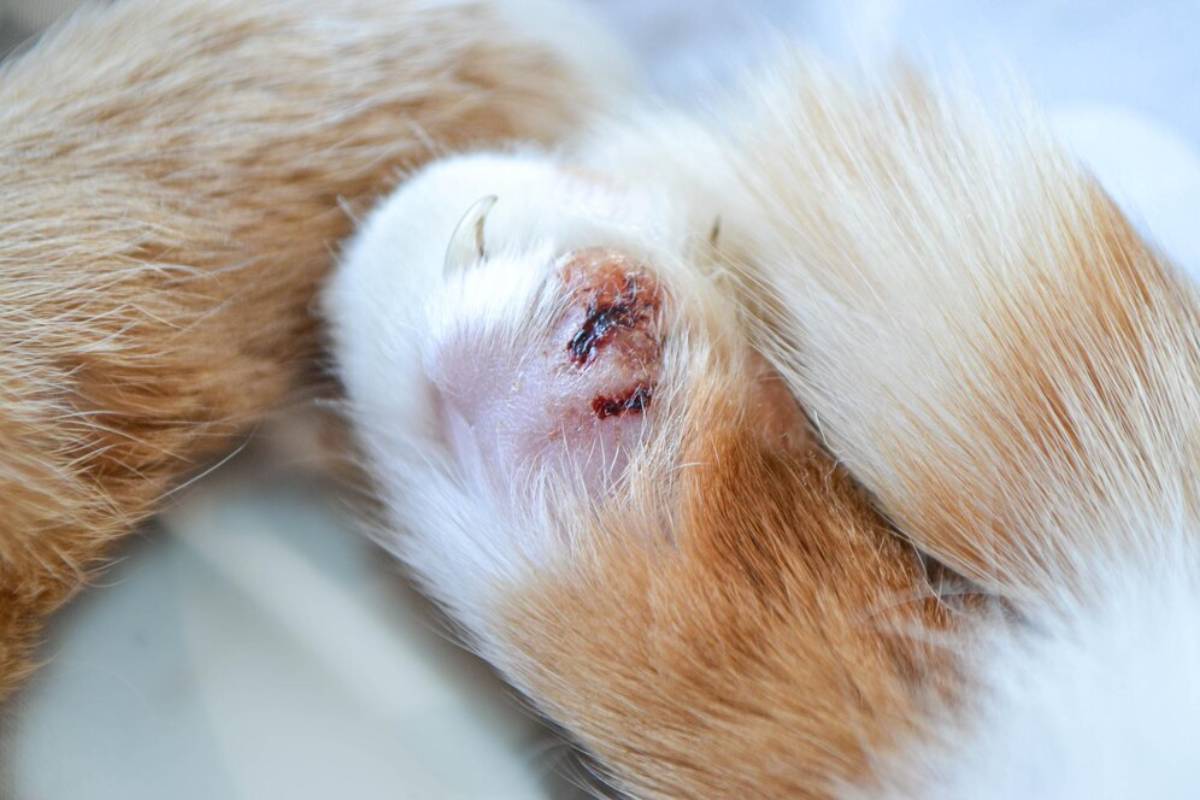
Managing Pet Allergies During Spring and Fall
Spring blossoms and autumn leaves may be beautiful to us, but for many pets, they mark the start of something less pleasant: seasonal allergies. Just like humans, pets can develop sensitivities to pollen, mould, grasses, dust, and even changes in temperature or humidity.
Pet allergies can show up in unexpected ways—from persistent itching to sneezing or gastrointestinal discomfort. And while we might reach for antihistamines or tissues, our pets rely on us to spot the signs and provide relief.
In this guide, we’ll explore the causes, symptoms, and management of seasonal allergies in pets, offering practical strategies for prevention, comfort, and long-term allergy relief for pets—especially during the spring and autumn seasons.
What Causes Pet Allergies?
Understanding Seasonal Triggers
The most common triggers of seasonal allergies in pets include:
- Tree, grass, and weed pollens (common in spring and autumn)
- Mould spores, especially in damp autumn conditions
- Dust and dust mites
- Insect bites, particularly fleas
- Environmental changes, like sudden temperature shifts
These allergens can enter the body through inhalation, skin contact, or ingestion, triggering the immune system to overreact.
Dogs vs Cats: Who’s More Susceptible?
Dogs are generally more prone to environmental allergies than cats. Breeds like Bulldogs, Retrievers, and Terriers are particularly susceptible. Cats, especially indoor ones, may show subtler symptoms but still suffer significantly.
Common Symptoms of Pet Allergies

Allergies can manifest in various ways. Watch for the following signs:
- Itching and scratching, especially around the face, ears, paws, or belly
- Licking or chewing paws
- Red, inflamed, or flaky skin
- Sneezing, coughing, or watery eyes
- Ear infections or head shaking
- Hair loss or hot spots
- Digestive issues, like vomiting or diarrhoea (less common but possible)
If symptoms persist beyond a week or worsen, it’s essential to consult your vet. Identifying the underlying cause is key to effective allergy relief for pets.
Diagnosing Seasonal Allergies in Pets
What to Expect at the Vet
Your veterinarian may recommend:
- A thorough physical exam
- Flea control assessment
- Skin scrapings or cytology to rule out infections
- Elimination diets if food allergies are suspected
- Intradermal allergy testing or blood tests to identify environmental allergens
Diagnosis can be a process of elimination, especially when symptoms mimic other conditions like mites, fungal infections, or autoimmune skin disorders.
Managing Pet Allergies: Everyday Strategies
1. Environmental Control
Reducing allergen exposure can dramatically improve symptoms.
- Wipe your pet’s paws and coat with a damp cloth after walks
- Vacuum and dust regularly, using HEPA filters
- Wash bedding weekly in hot water
- Keep windows closed during high pollen days
- Use an air purifier in rooms where your pet spends the most time

2. Bathing and Skin Care
Regular bathing with a hypoallergenic or medicated shampoo can remove surface allergens and soothe irritated skin.
- Use vet-recommended shampoos—never human products
- Limit baths to once every 1–2 weeks unless otherwise advised
- Consider paw soaks for dogs with itchy or inflamed feet
3. Flea Control
Fleas are one of the most common allergy triggers in pets. Even one bite can cause intense reactions in sensitive animals.
- Use consistent, year-round flea prevention treatments
- Check for signs of fleas during grooming
- Treat the environment as well—carpets, upholstery, and bedding
Medical and Natural Allergy Relief for Pets
1. Antihistamines and Prescriptions
Your vet may recommend:
- Antihistamines (like cetirizine or chlorphenamine)
- Corticosteroids for short-term flare-ups
- Cytopoint injections or Apoquel tablets (for dogs)
- Allergy desensitisation therapy (immunotherapy)
Never give your pet over-the-counter human medications without veterinary guidance, as some (like diphenhydramine) can be harmful in the wrong doses.
2. Natural Remedies and Supplements
For milder cases or to support prescription plans, natural options can help:
- Omega-3 fatty acids: Reduce inflammation and support skin health
- Coconut oil: Can be applied topically or added to food (in moderation)
- Probiotics: Strengthen the gut and support immune responses
- Colloidal oatmeal baths: Provide soothing relief for itchy skin
Discuss supplements with your vet to avoid interactions or overuse.
Adjusting Seasonal Routines for Allergy-Prone Pets
Changing how you manage daily life during allergy-prone seasons can make a big difference.
Spring Adjustments
- Walk pets early in the morning or late evening to avoid peak pollen times
- Rinse paws and underbellies after every outdoor excursion
- Keep lawns trimmed to reduce pollen exposure
Autumn Adjustments
- Avoid leaf piles, which often harbour mould and fungi
- Use dehumidifiers to prevent dampness indoors
- Clean heating vents and filters before using indoor systems
Indoor Pet Tips
- Keep play areas allergen-free with regular cleaning
- Choose hypoallergenic bedding materials
- Rotate toys and clean them weekly
By modifying your pet’s environment and routine slightly during allergy seasons, you can reduce flare-ups and discomfort without turning their world upside down.
A Happier, Healthier Pet Through the Seasons
Pet allergies can be frustrating for both pets and owners, especially when triggered by natural events such as flowers blooming or leaves falling. But with the right strategies in place, you can manage symptoms, reduce exposure, and offer meaningful allergy relief for pets—even during the most allergen-heavy months.
From consistent grooming and vet check-ups to dietary support and environmental adjustments, proactive care helps your pet enjoy spring and autumn without discomfort.
Take action today: Review your pet’s current routine, stock up on allergy-friendly supplies, and talk to your vet if symptoms persist. With a little preparation, your furry friend can breathe easier all season long.


